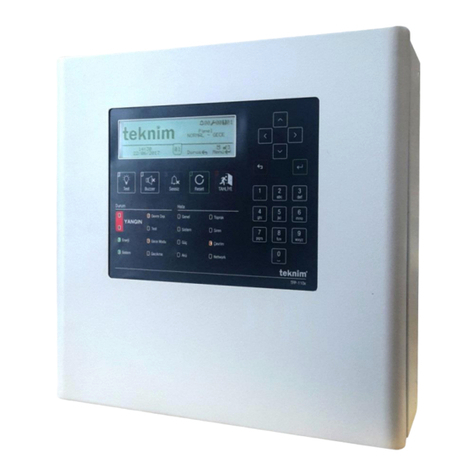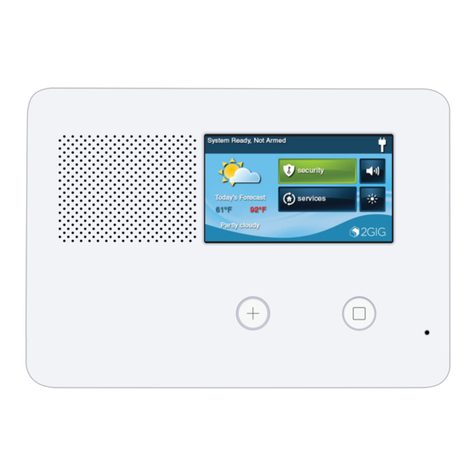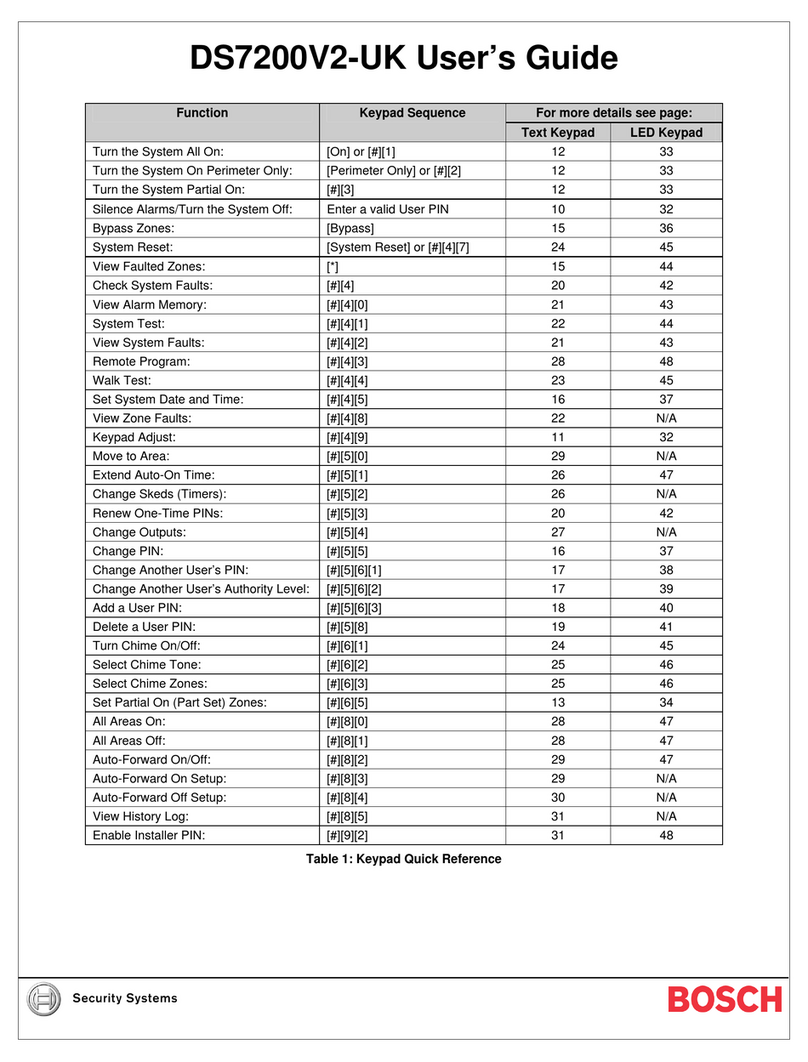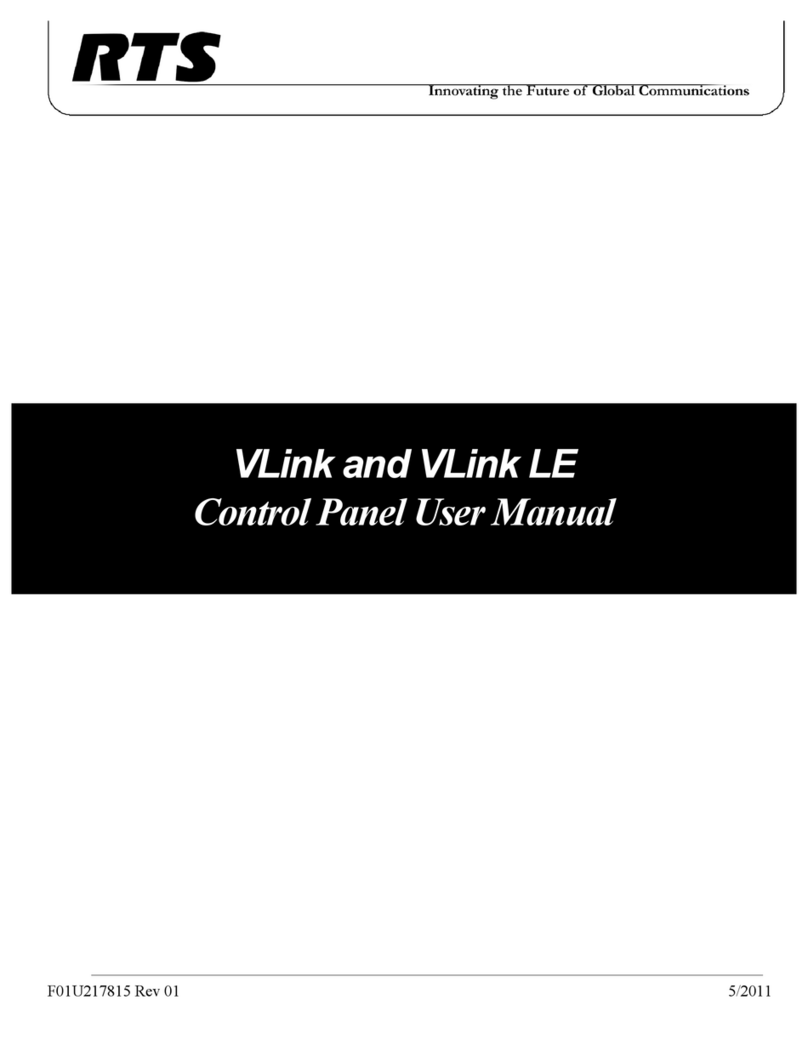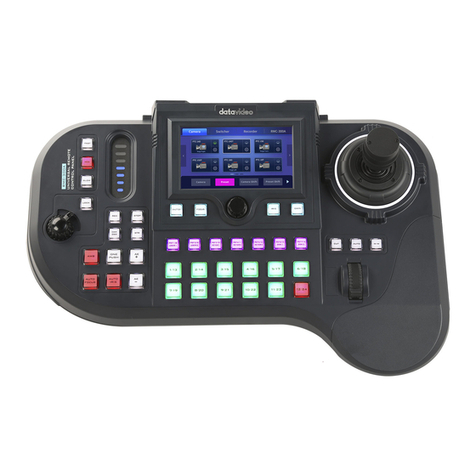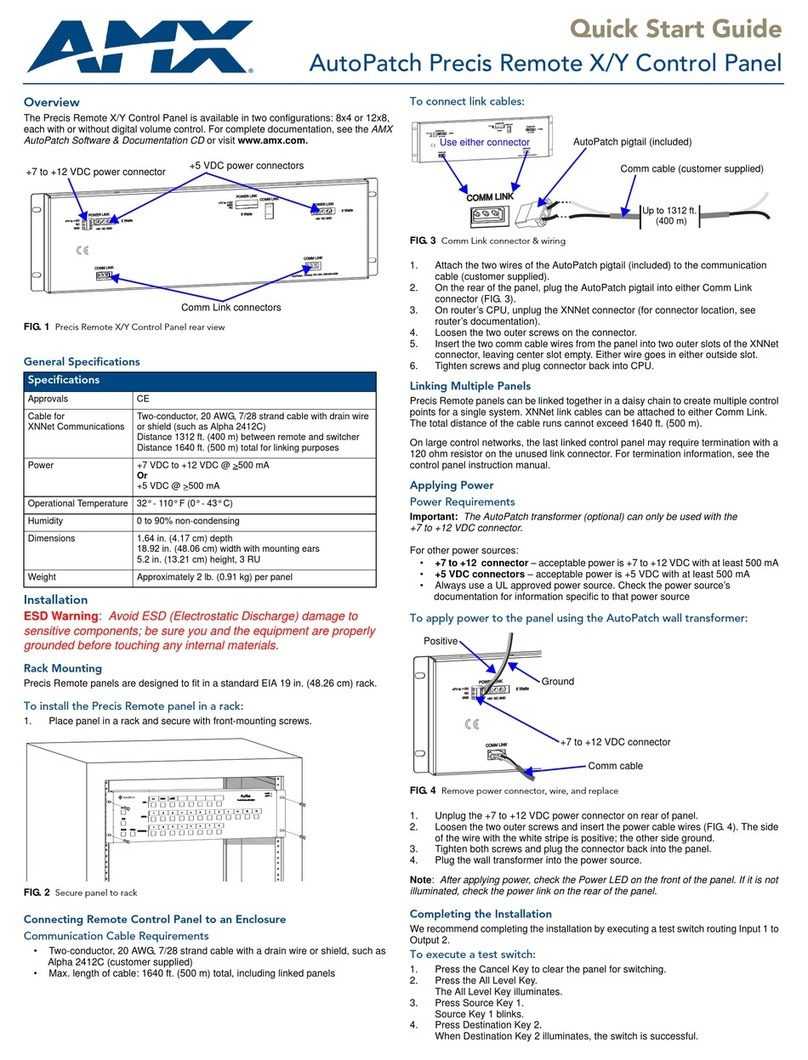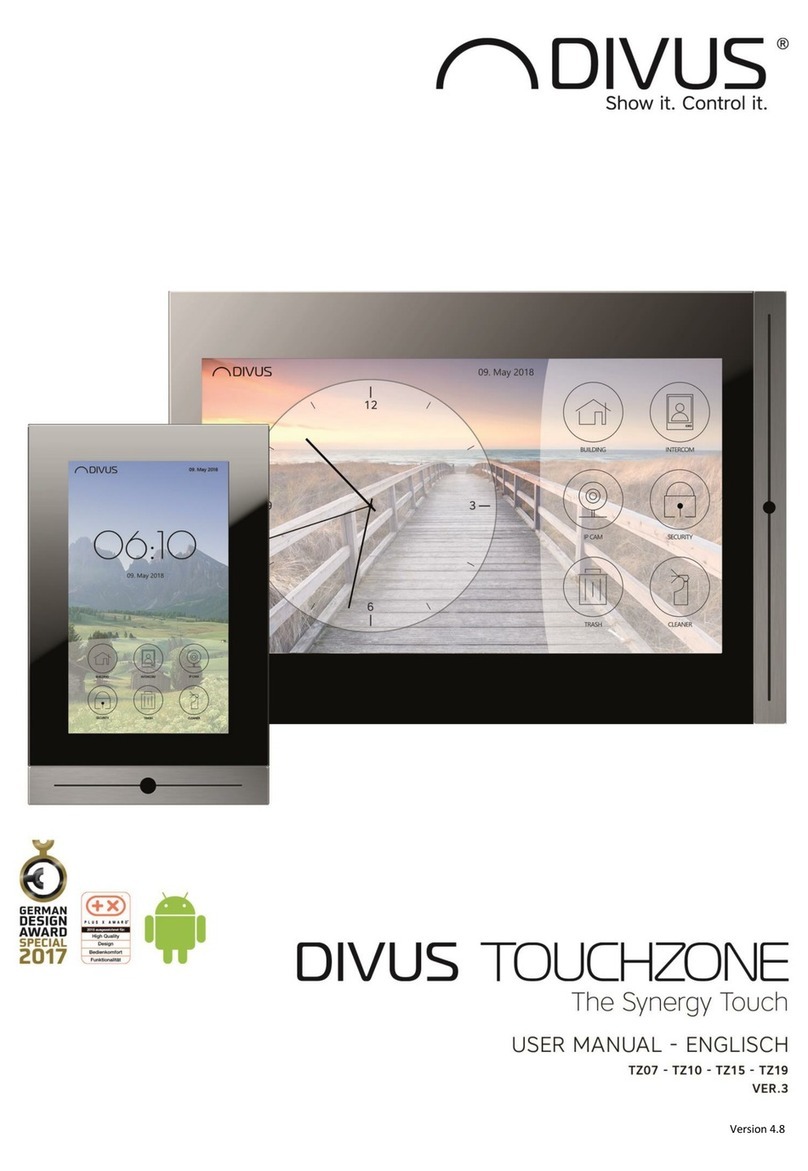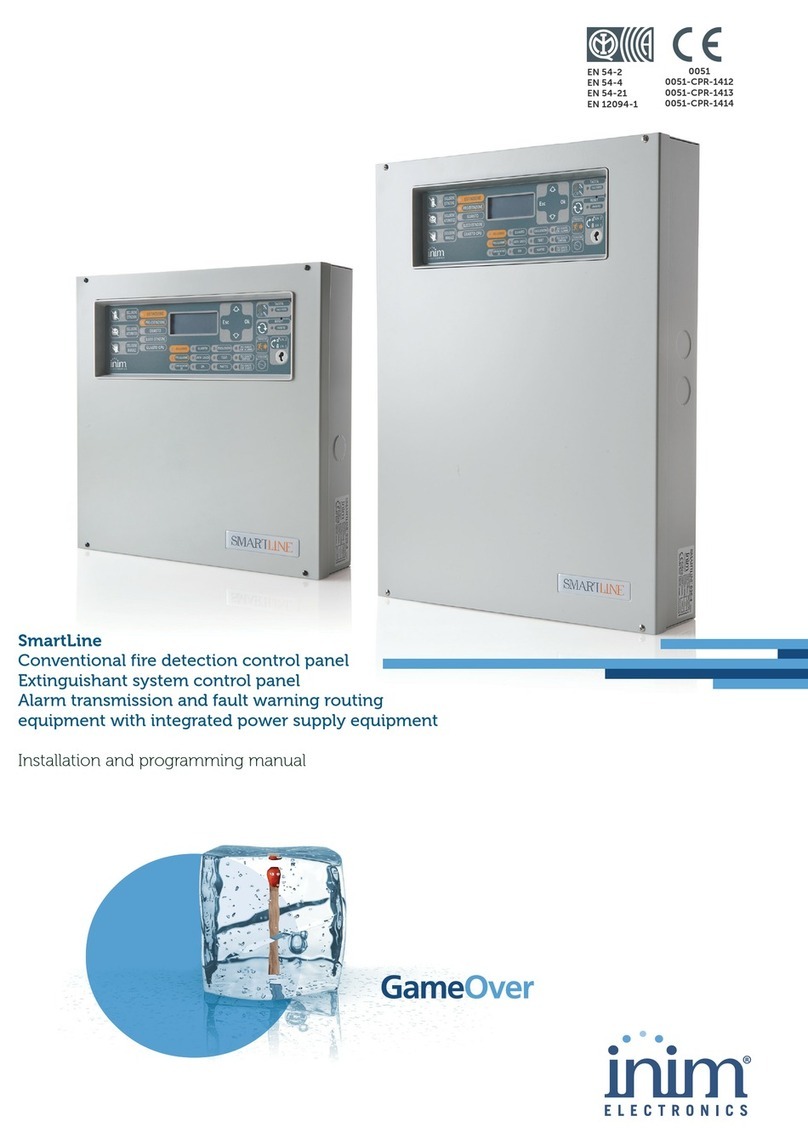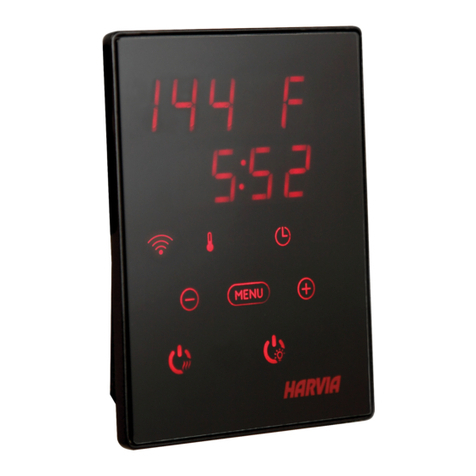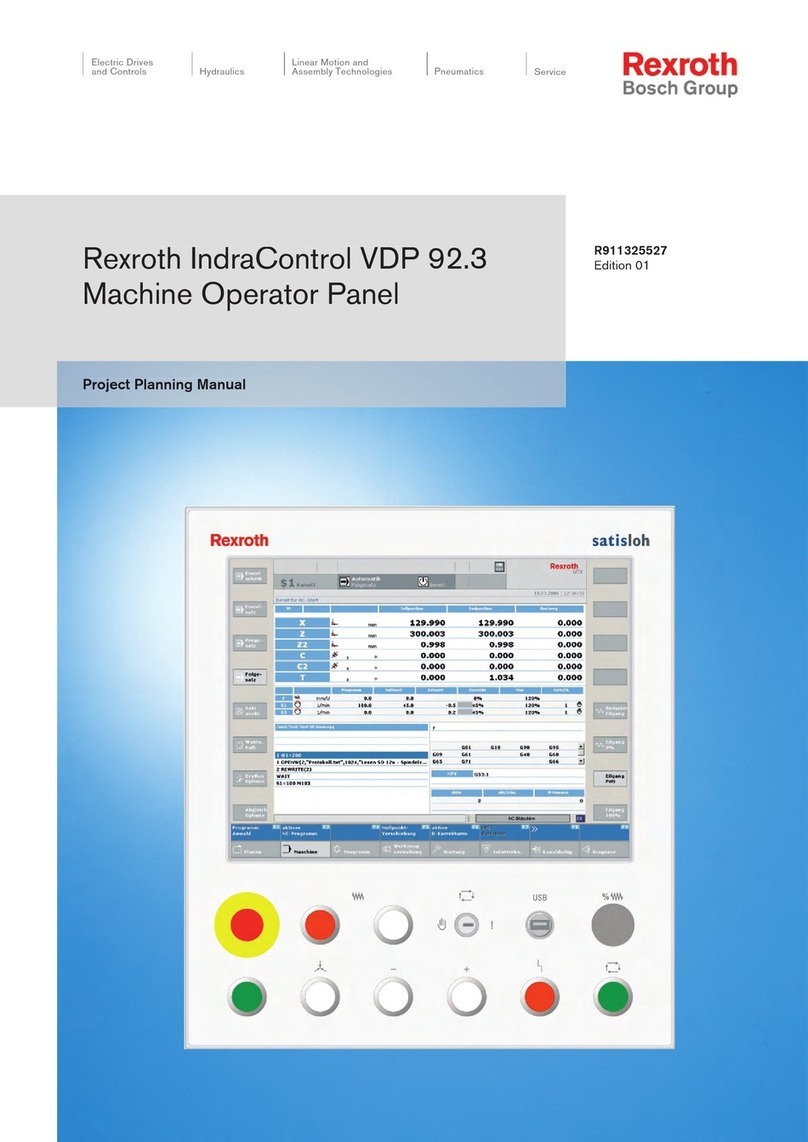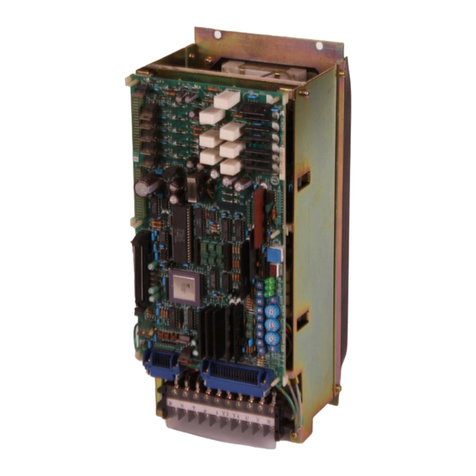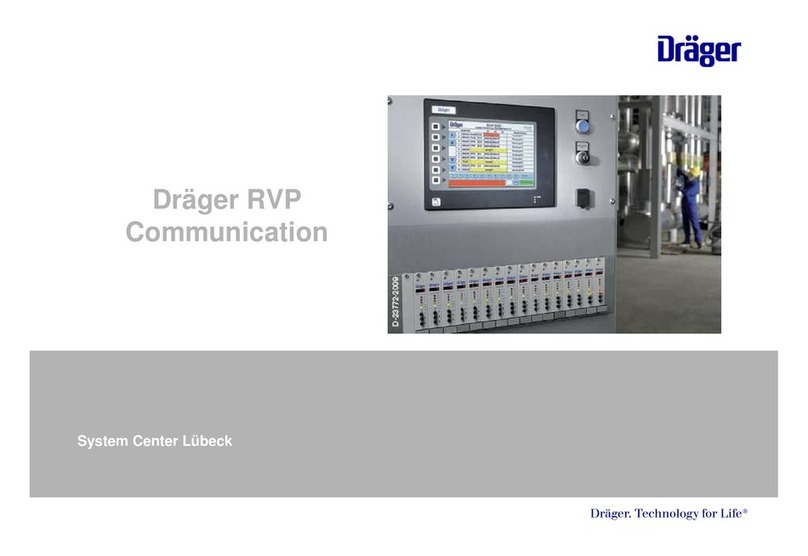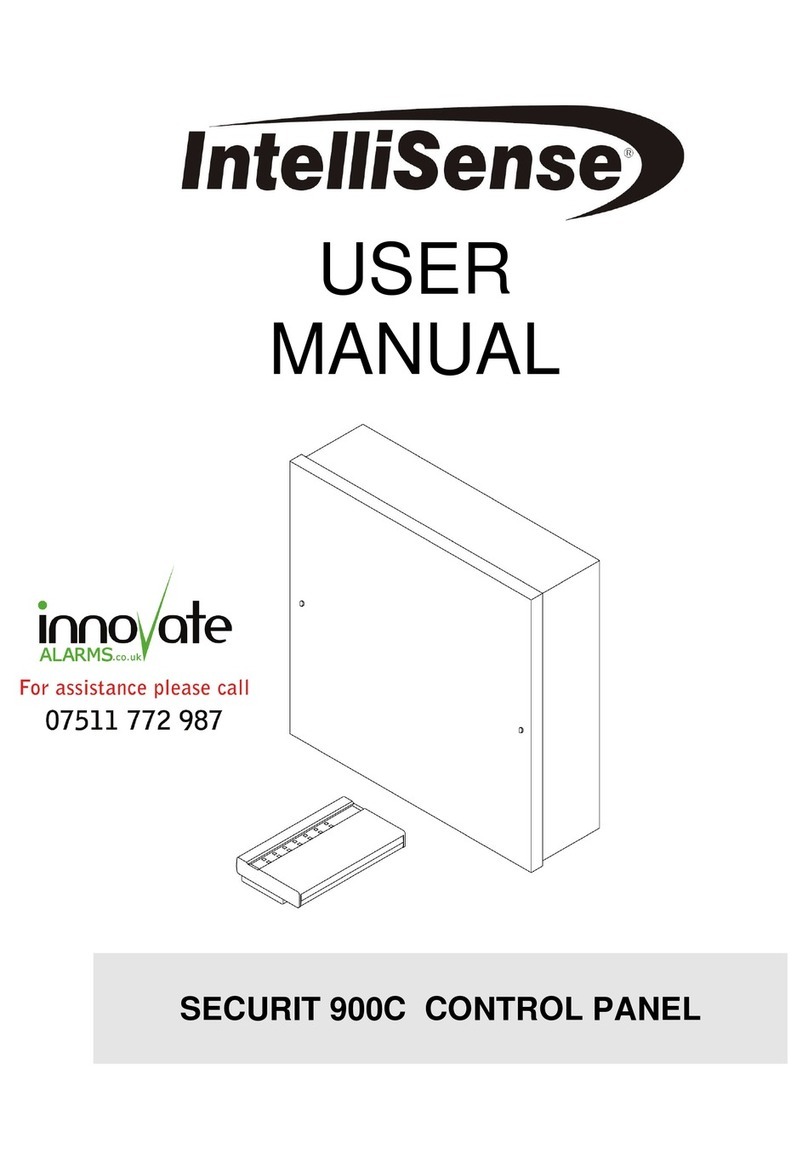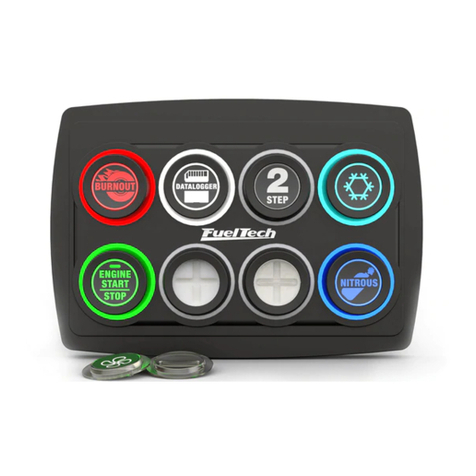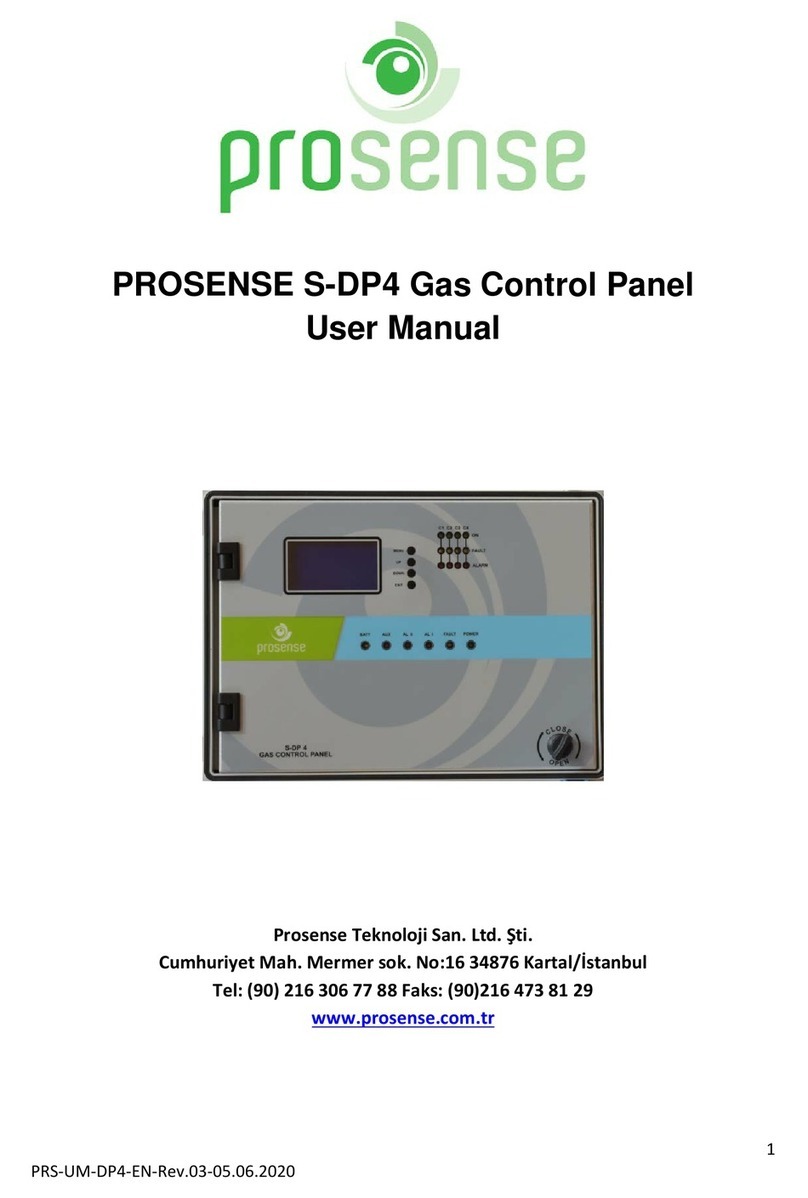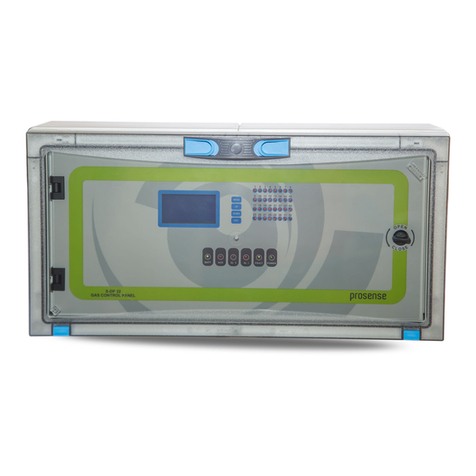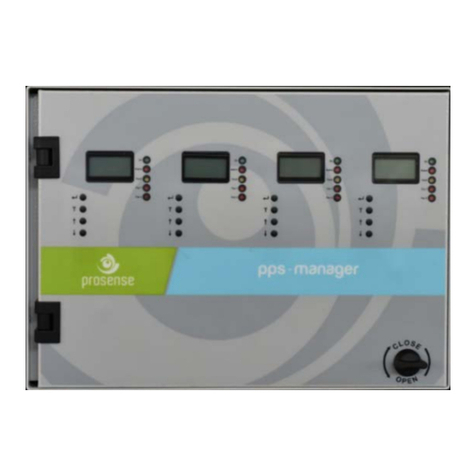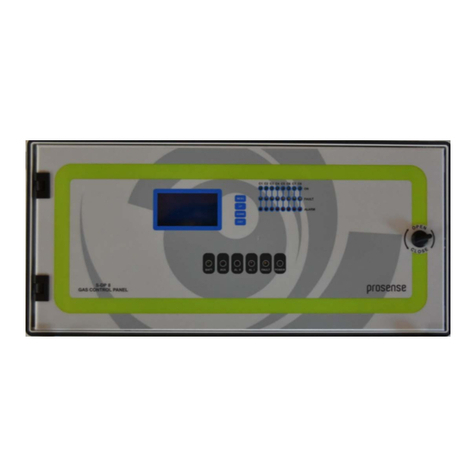
3
PRS-UM-DP-X-EN-Rev1.0-17.11.2021
Contents
1 Introduction..................................................................................................................................... 5
2 Technical Specifications................................................................................................................... 6
3 Panel Dimensions ............................................................................................................................ 7
4 Installation....................................................................................................................................... 8
5 Connections................................................................................................................................... 11
5.1 MODBUS and Siren Outputs:................................................................................................. 12
5.2 Analogue Channel Inputs: ..................................................................................................... 13
5.3 Relay Outputs ........................................................................................................................ 14
5.4 MODBUS Channel Inputs:...................................................................................................... 16
5.5 Power Inputs: ........................................................................................................................ 18
5.5.1 Main Power Connection................................................................................................ 19
5.5.2 Backup Battery Connection........................................................................................... 19
5.6 Fuses...................................................................................................................................... 20
5.7 Analogue Input Module......................................................................................................... 20
6 Indicators....................................................................................................................................... 22
6.1 Display: .................................................................................................................................. 23
6.2 Special States......................................................................................................................... 25
6.3 Warm-up Status: ................................................................................................................... 25
6.4 Fault Status:........................................................................................................................... 26
6.5 Overrange Status:.................................................................................................................. 26
6.6 Alarm Status: ......................................................................................................................... 27
7 Programming................................................................................................................................. 28
7.1 Panel Configuration:.............................................................................................................. 29
7.1.1 Setting Up Network Parameters: .................................................................................. 29
7.1.2 Setting Up Passwords:................................................................................................... 30
7.1.3 Setting Up Date and Time: ............................................................................................ 31
7.1.4 Setting Up Language:..................................................................................................... 31
7.1.5 Setting Up Battery: ........................................................................................................ 32
7.2 Detector Settings:.................................................................................................................. 32
7.2.1 Analogue Detector Configuration: ................................................................................ 32
7.2.2 Analogue Detector Alarm Settings:............................................................................... 35
7.2.3 4-20mA Settings: ........................................................................................................... 36
7.2.4 MODBUS Detector Configuration:................................................................................. 37
7.2.5 MODBUS Detector Alarm Settings: ............................................................................... 38
7.2.6 MODBUS Detector Calibration: ..................................................................................... 39
7.3 Relay Settings: ....................................................................................................................... 41
7.4 Test Options: ......................................................................................................................... 42
7.5 Information: .......................................................................................................................... 43
7.6 Resetting Alarms: .................................................................................................................. 45



















